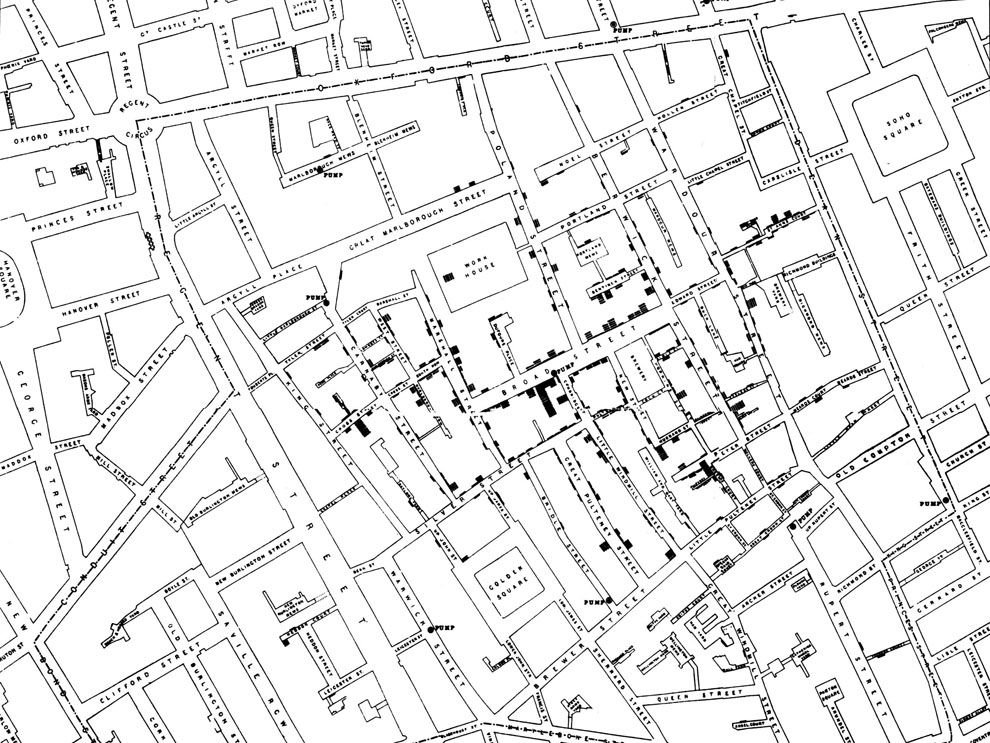
Spatial learning is important.
The early connections between spatial thinking and STEM learning were mainly anecdotal—researchers envisioned the three-dimensional structure of DNA with the help of Rosalind Franklin’s flat x-ray diffraction images, or John Snow looked at the spatial distribution of cholera outbreaks on a map to identify contaminated water supply as the cause of London’s 1953 cholera epidemic.
A decade of NSF funding of SILC and other researchers now supports the conclusion that spatial thinking and STEM learning relate to each other both cross-sectionally and longitudinally. In addition, spatial thinking is malleable.
SILC engaged a broad range of experts to probe the processes and mechanisms that underlie spatial learning and the factors that influence spatial learning. These experts included researchers in gesture, analogy, spatial language, sketching and effective use of diagrams and graphs, and embodied cognition (physical activity that instantiates scientific or mathematical principles).






